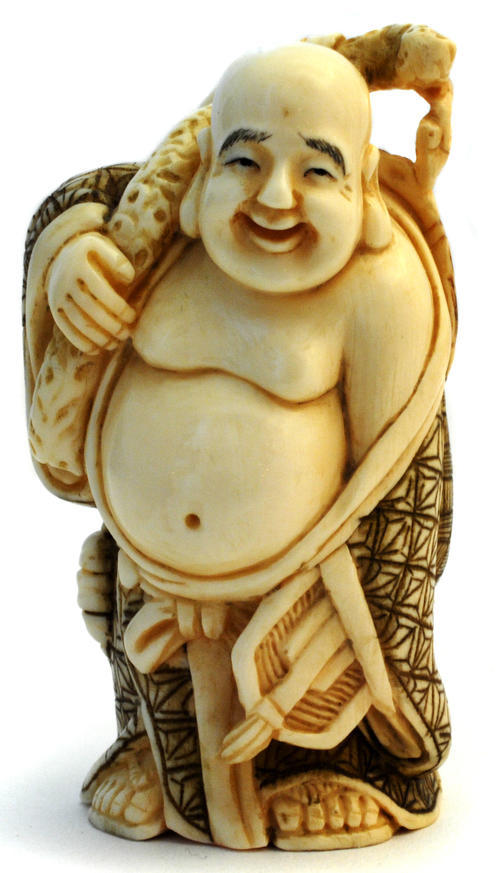The Beauty of Ivory As a carving material that is hard, yet lighter than metal or stone, ivory has always been in high demand. Through history, men have spared no effort to acquire it, either by excavating mammoths or decimating elephant populations. Ivory is primarily traded as decorative and religious objects, musical instruments and name seals. Tooth and tusk ivory offers great versatility for carving. Tusks can be retained in their original shape and carved superficially. Ivory is used in decorative inlay work as well as figurines, carved boxes, serviette holders and jewellery. The list of items is endless. With the arrival of plastics in the 1920s and increasing awareness of the cruelty involved to animals in harvesting ivory, its use has declined. Antique ivory objects however, are highly valued as collectibles. Naturally, there's also a thriving market in fakes. How can one identify authentic ivory? A cross-section of mammoth or elephant ivory will reveal distinctively cross-hatched patterns called Schreger lines. But even these can be faked on plastic by a technique called scrimshawing! One simple way to make sure is to heat a pin and poke the object. If it's genuine ivory, the pin will leave just a tiny mark and the whiff of burnt tooth. Plastic though, will give off a typically acrid smell and have a hole. |  |